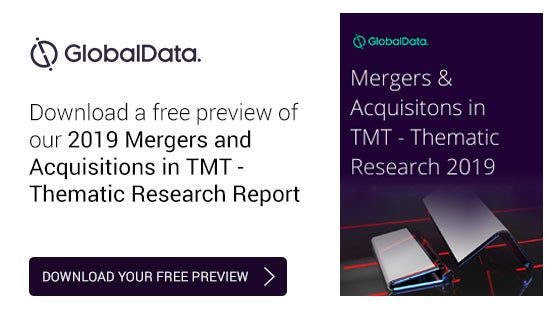Submit an Event for Publication
Aerospace-Technology is the premier source for industry organisations on the internet.
If you would like to see your exhibition, conference, tradeshow or symposium listed, free of charge, on the Aerospace-Technology event site then please fill out the following form. Any event submitted will be subject to approval and training courses are not listed.
If we already list your event but with incorrect details please email us with the correct information and we will update it.
Please do not submit events that are not yet featured on your website.









